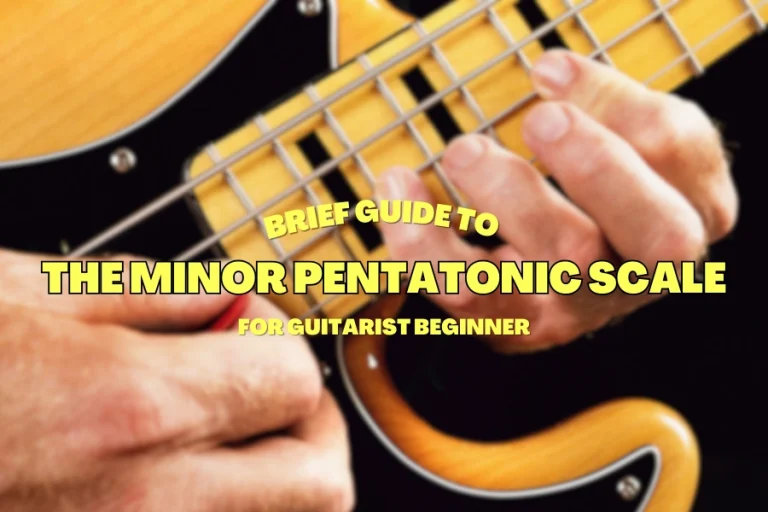
When most individuals think of music theory, they envision something dry and boring. Battling to peruse dark specks on paper, learning how to draw the treble clef, pondering what a major scale is and what you have to do with it. Most individuals in the long run feel overpowered and accept that music theory is fair for “genuine” artists.
However, the world of music opens up to you in ways you never envisioned once you get a handle on the basics of music theory, fair like any other dialect. If you play an instrument or sing, learning music theory is one of the best ways to move forward your aptitudes and information. Let’s start by examining how to learn music theory faster for amateurs in this post.
What is Music Theory?
Music theory is like the linguistic utilization and sentence structure of the melodic dialect. It is a collection of guidelines, expectations, and precepts that make sense of melody, cadence, and harmony. Which eases the process of creative interpretation and analysis for musicians.
What are the elements of music theory?
You need a structured approach is how to learn music theory. The first step is understanding the fundamentals:
- The major scale: The major scale is a collection of seven notes that create a specific pattern of intervals. It is a series of half steps (H) (semitones) and whole steps (W).
- Keys: A key is a specific set of notes or scales that serve as the basis for a musical piece. Every key has a key signature (a set of sharps or flats) that tells you which notes are used in the scale.
- Chords: Chords combine three or more notes (built from a single note called the root) that create harmony when played together. They can be major, minor, or diminished and have inversions to add variety and complexity.
- Rhythm: Rhythm is the timing of musical sounds and is created by a combination of note durations, rests, and patterns.
- Dynamics: Dynamics refers to your performance’s volume (loudness or softness) and how it changes throughout the piece.

How To Learn Music Theory Faster For Amateurs
When beginning to learn music theory (or any new skill), it’s imperative to construct a strong establishment before moving on to more progressed themes. Take after this step-by-step direct to know a way to learn music theory faster.
Start With The Basics Of Notation

How to learn music theory faster on your claim or in music lessons is to understand the essentials of notation or the composed lingo of music. Notation comprises symbols, markings, and signs. Notation serves to both outwardly represent music and give direction to entertainers on how to perform a piece of music precisely. Elements to familiarize yourself with include:
- Musical staff: Four spaces and five horizontal lines that stand in for various pitches.
- Note values: Symbols, such as whole notes, half notes, quarter notes, and eighth notes, that show how long a note is.
- Clef signs: These show the pitch extent of notes on the staff.
Learn the musical alphabet
To begin with seven letters of the letter set (A, B, C, D, E, F, and G) speak to melodic notes. These notes rehash in a cyclic pattern, so after G, we go back to A and continue.
However, not all melodic notes are continuously played or composed in their natural state. In a few cases, they are changed with sharps (#) or flats (b). These are called accidentals, and they modify the pitch of a note by raising (sharp) or bringing down (level) a semitone. Understanding the melodic letter set is how to learn music theory easier and faster.

Recognize scales and memorize all the key signatures
A scale is an arrangement of notes orchestrated in climbing or plummeting that frame the premise of tune and harmony. A major scale comprises seven notes in a specific design of entire (W) and semitone (H) steps. You can utilize this plan to make a major scale in that key from any note.
Key marks, talked to by sharps or flats at the best of the staff, illustrate which notes should be sharp or flatted all through a piece of music. They also recognize the tonal center, which is the essential note or chord around which a piece of music pivots.
Learn to identify and name any interval from any root note
Intervals, the separation between two pitches, offer assistance in making melodic and harmonic connections in music. They extend from little interims like the minor second (a semitone) to bigger interims like the octave (eight whole tones) and past. By recognizing intervals, you can get the relationship between tune and harmony in music, train your ear, and also is how to learn music theory at a faster pace.
Explore chords and harmony
You can construct chords on any note of the scale, and they have distinctive qualities (major, minor, reduced, or expanded) depending on their structure. For illustration, extended chords are constructed on the seventh chord by including extra notes, such as the ninth, eleventh, and thirteenth, making a wealthier, more full sound.
Grasp basic rhythmic concepts
Rhythm in music determines the speed and flow of a piece of music and is an important element in understanding the process of music production. The rhythm, and the numbers at the top of the staff, indicate how many beats are in each measure (the top number) and which note value gets a beat (the bottom number). For this case, 4/4 time implies there are four beats per measure, and a quarter note gets one beat.
Learn about functional harmony and chord progressions
Functional harmony is an interesting perspective of music theory that investigates how chords work together to make progression and tension in a piece of music. A common chord progression you’ll come over is II-VI, where the moment, or subdominant chord (IV), advances to the prevailing (V) and finally settles to the tonic (I). This progression is commonly utilized in jazz, and understanding it can offer assistance you certainly ad-lib on a set of chords.
Other common chord progressions join I-IV-V (known as a rock progression), I-vi-IV-V (common in pop music), and iii-vi-ii-V (predominant in ballads). How to learn music theory in faster steps is to understand functional harmony chord progressions.

Practice regularly with practice exercises
Since music is a language, you must use it consistently to develop fluency. You require it to be uncovered to scales, keys, chords, and intervals on a customary basis.
Regular honing will strengthen theoretical concepts and offer assistance to create a strong establishment for composing, improvising, and playing music. Moreover, actively listening to music and distinguishing theoretical components can make theory simpler to understand.
The Bottom Line
Understanding music theory when first started opens the entryway to a world of possibilities in your musical travel. It may be scary to begin with, but with the right resources and regular practice, you will before long be able to read, write, and analyze music with ease. Your world opens up and your ability to take influence from other songs improves, increasing the mental database you can draw from. Hopefully, our guides above will help you know how to learn music theory faster for yourself.









